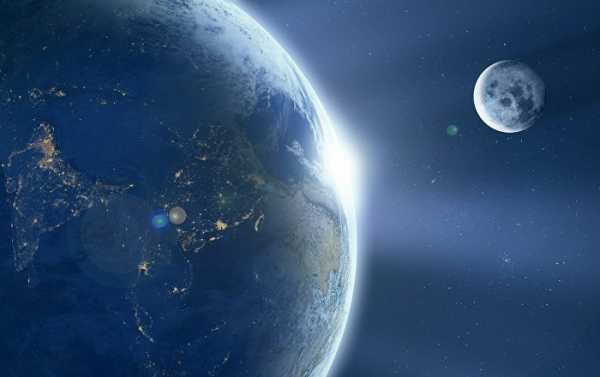
Wanting to make their job a little easier, researchers at the University of Toronto developed a new artificial intelligence algorithm that helped them identify 6,000 previously unseen craters on Earth’s moon.
Researchers first trained the neural network on 90,000 images that covered two-thirds of the moon’s surface before testing its ability to detect craters on the remaining third portion of the data. Officials discovered that their network was able to categorize craters larger than 5 kilometers, ZME Science reported.
“When it comes to counting craters on the moon, it’s a pretty archaic method,” Mohamad Ali-Dib, a postdoctoral researcher at the Centre for Planetary Sciences at University of Toronto Scarborough, said in a university press release. “Basically, we need to manually look at an image, locate and count the craters and then calculate how large they are based off the size of the image.”
“Here we’ve developed a technique from artificial intelligence that can automate this entire process — that saves significant time and effort,” he added.
The discovery, a joint effort between researchers from the University of Toronto and Penn State University, began as an exploration into how machine learning and deep learning could assist in specific scientific issues.
“Tens of thousands of unidentified small craters are on the moon and it’s unrealistic for humans to efficiently characterize them all by eye,” Ari Silburt, a researcher involved in the study, said in a statement. “There’s real potential for machines to help identify these small craters and reveal undiscovered clues about the formation of our solar system.”
“It’s the first time we have an algorithm that can detect craters really well, for not only parts of the moon, but also areas of Mercury,” Ali-Dib said before adding that knowing the size and location of craters could offer “a window into the history of our solar system.”
Officials indicated that they will continue to improve the algorithm in hopes that it will help detect craters on Mars, Ceres and the moons of Jupiter and Saturn.
Speaking to the New Scientist, Silburt told the outlet that one of the improvements the team is looking address is the algorithm’s inability to detect “unidentified craters below 5 kilometers.”
The study, funded in part by the Natural Sciences and Engineering Research Council of Canada, is currently under review by the journal Icarus.
Sourse: sputniknews.com






